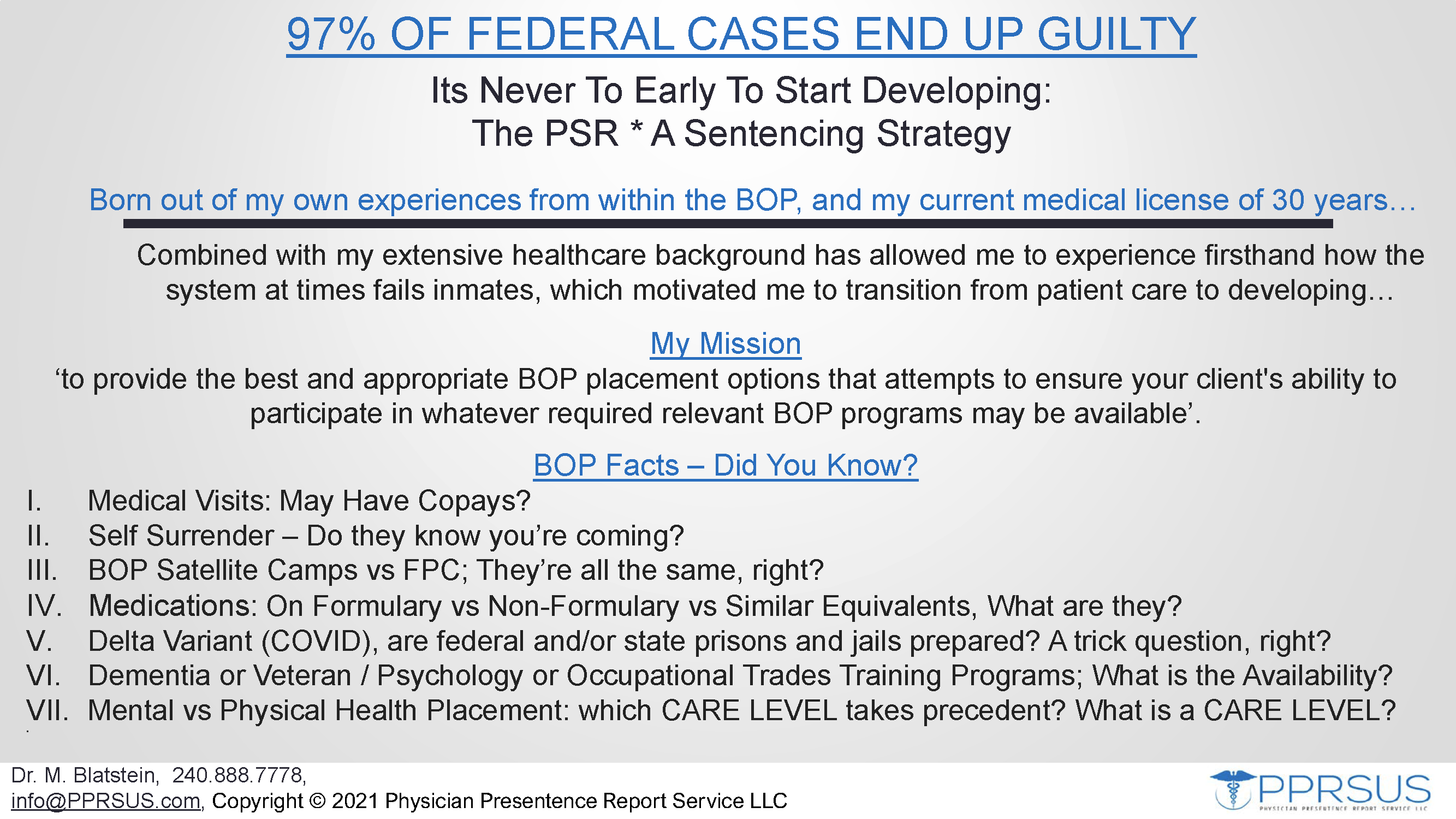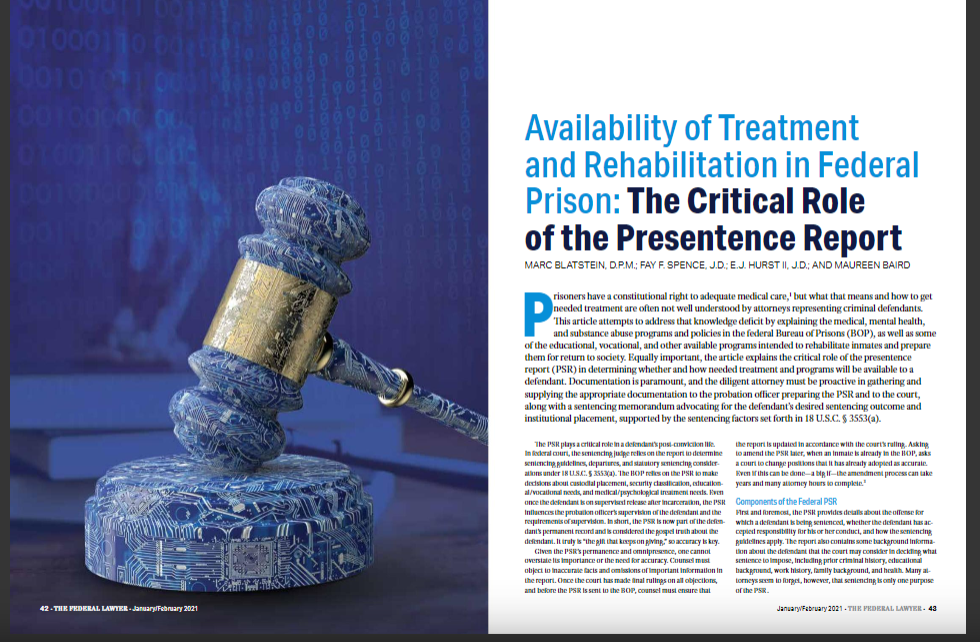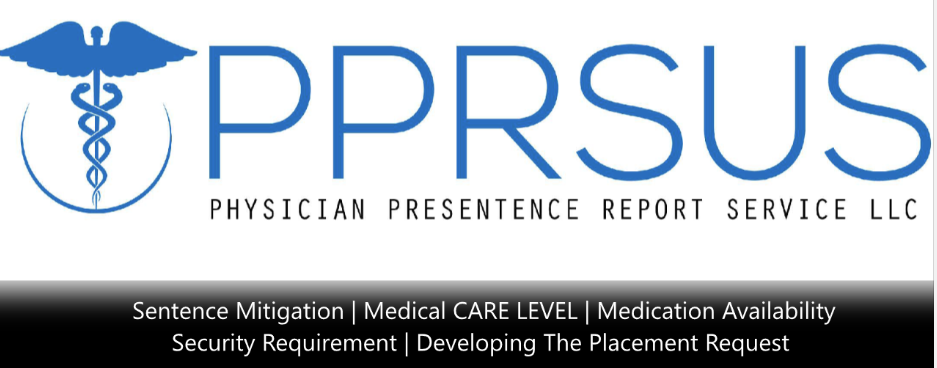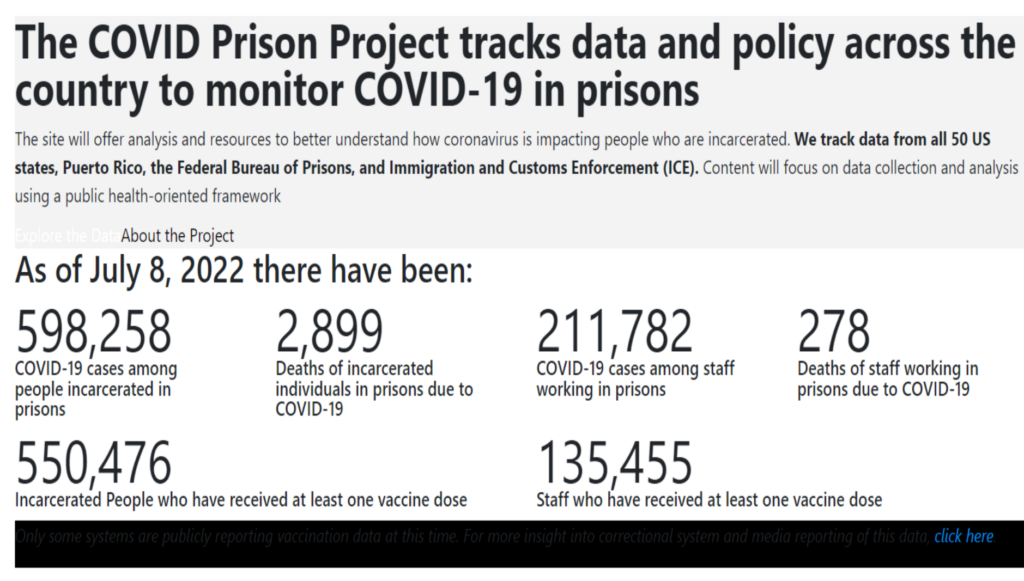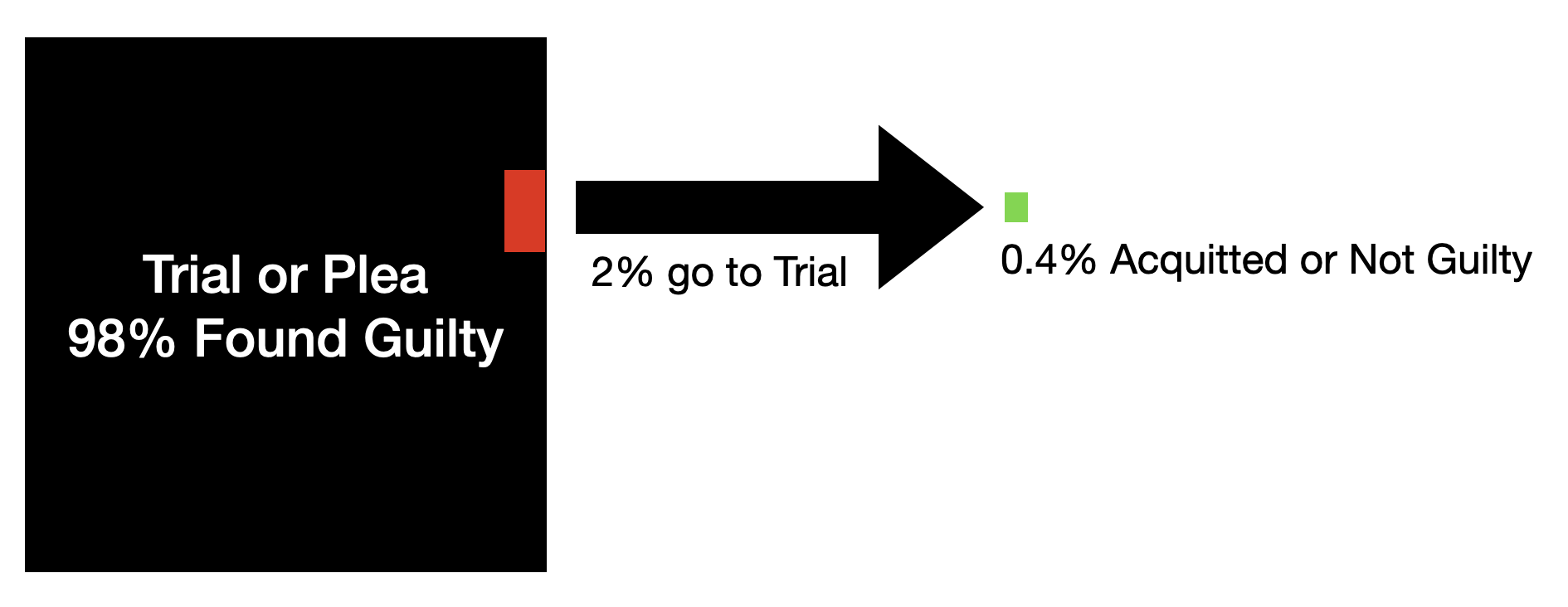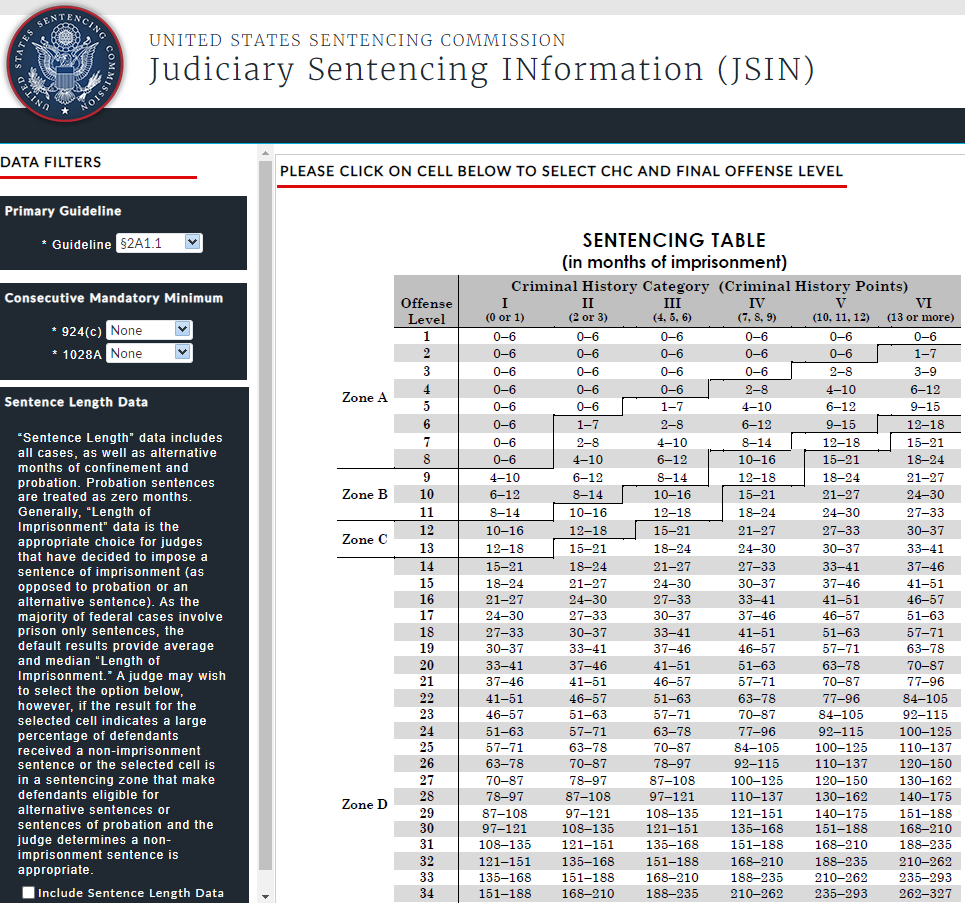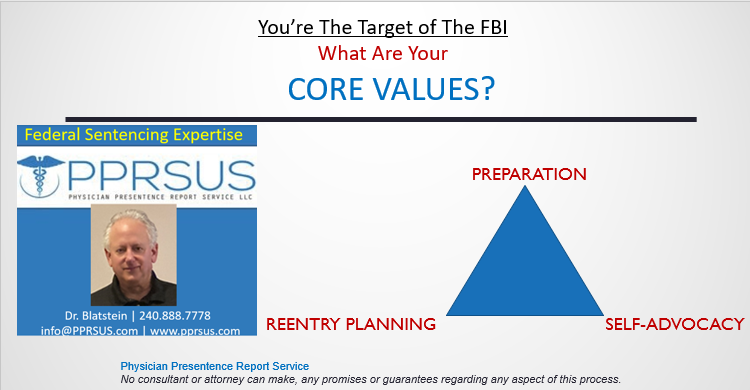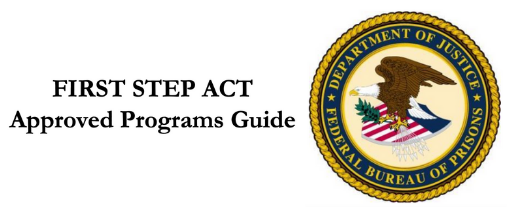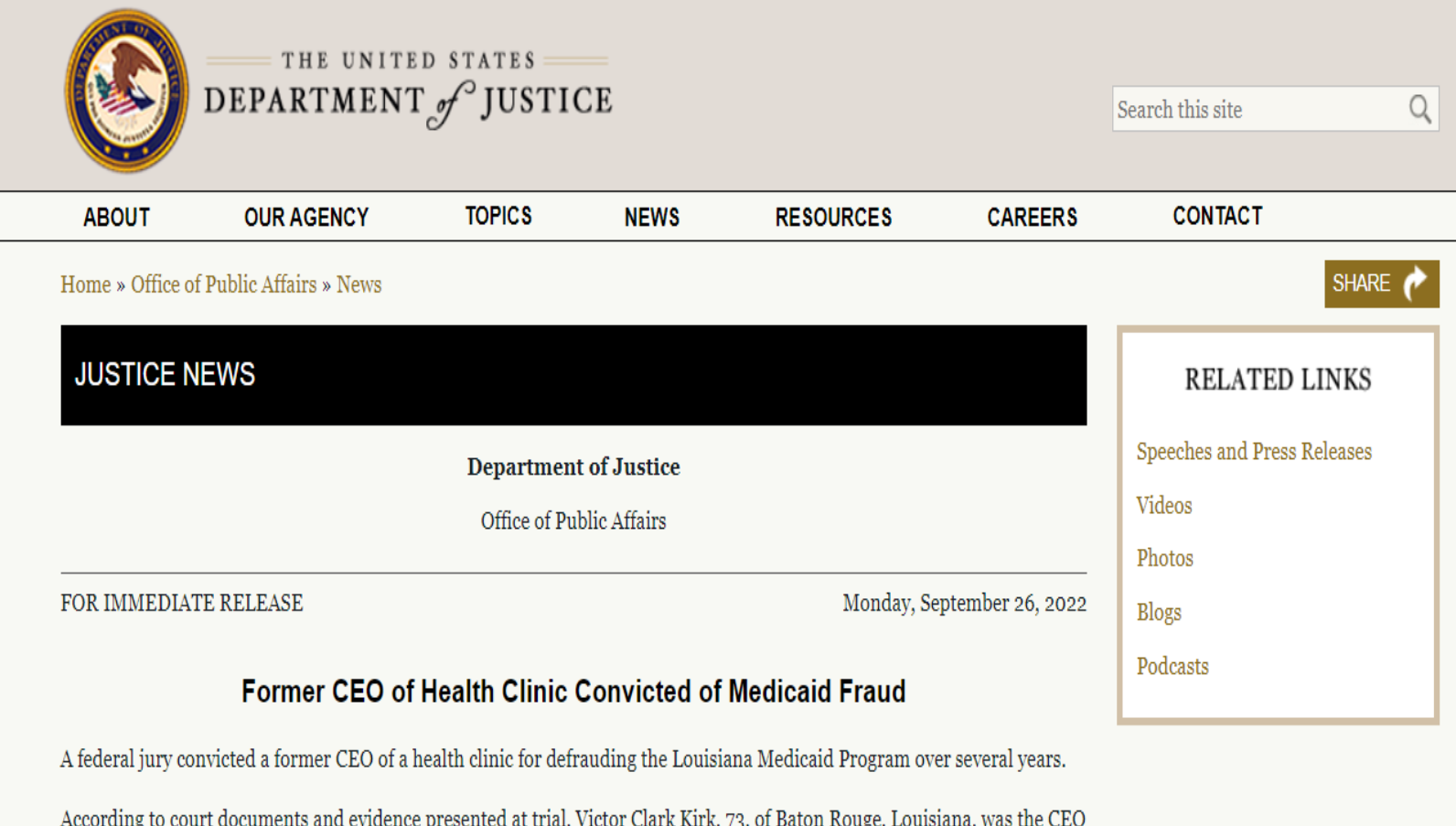The Release Plan
#PPRSUS, #BOP, #PSR, #WhiteCollar, #crime,#psi, #criminal, #lawyer, #attorney, #ppp, #MoneyLaundering, #arrest,
Hello, and thank you for tuning into my Video series, INDICTED AND FACING PRISON: NOW WHAT?
My name is Marc Blatstein. In 2006, I, too, was Indicted and convicted of a felony. To call this a life-altering event, at best, is an understatement. With work, I was able to get my license reinstated.
Prison is Temporary.
My goal in this series is to provide you with the information you’ll need to survive and navigate these times because Knowledge and Preparation will help you regain the Confidence you’ll need throughout this process.
- Since you’ve heard that the DOJ and Feds have been asking questions, their case against you is mostly complete, with a 98% Conviction Rate.
- Delaying to act now is at your peril.
- Hiring a legal team doesn’t just mean they have experience; they also need a proven track record of successfully defending cases like yours.
- The choices you make today – will make a better tomorrow.
Should you have questions, please do not hesitate to call and consider engaging my services at 240.888.7778—this is your life.
The Release Plan I’ve divided into ‘6’ Parts:
Part I)
Starting before your Presentence Interview (and is provided along with your Narrative to be woven into your Presentence Report), you’ve had time to think.
You’ve been,
- Humbled
- Embarrassed
- Regrets that I did – what I did
Part II)
Before your Sentence Hearing (building and after giving more thought to your 1st Release Plan),
- Humbled
- Embarrassed
- Regrets that I did – what I did
Allocution
Being Nervous is Normal, so prepare your thoughts where they are pre-written or in video format.
Part III)
Once inside, here is where it grows – mostly by documenting your Personal Developmental Growth, which includes,
- Written reviews (complimentary) of what you’ve learned from that FSA Program and
- Other constructive things you have been working on in areas of interest to you, including
- Mentoring others or possibly teaching classes.
- Learning a Trade or Occupation that requires training (i.e., CDL at Pensacola FPC or FCC Yazoo City.)
- Personal Growth and Development include Education, whether a GED, Undergraduate, or Master’s Degree, and even working towards higher education (maybe a Law degree) if that interests you.
- Do you paint, draw, or write? As long as it’s Constructive – Do something, this could possibly lead to a career.
Consider teaching a class if you are a CEO, COO, business owner, doctor, or Lawyer and have been successful.
- If you already have a possible job lined up for after release, email, call, or write them to see if it is still available.
- ~18 months before release, you may consider contacting your New Probation Officer, who will supervise you on Supervised Release.
If you own a business not part of your Charge, they could hire you just as a minimum wage employee. But you need that Character Reference – Job Support – Reference Letter.
Part IV)
Before Release, detail what you will be doing once released.
- You can start by following my website’s example forms developed by Rikers Island, the MN Dept. of Corrections—The National Institute of Corrections Manual, or the Release Plan Prep Guide.
- All of this will, or should (as nothing is Guaranteed), make you appear a better candidate for a Halfway House.
- The beds are limited, and Residential Reentry Managers want to fill them with people who will reenter society successfully. Is this you?
Planning can reduce anxiety and help to facilitate a smoother transition home.
Recommendations from your Case Manager to the Halfway House’s Residential Reentry Managers (RRM) help greatly. Including your Release Plan and their support could go a long way in helping you. But again, nothing is Guaranteed.
What is guaranteed is that RRM are employees, too, and don’t want on their record to have had to send someone back to prison due to an infraction. Therefore, they are looking at BOP files to see who is the best candidate for the limited number of beds. You want to be that person.
If you’re already at this point and don’t have the time to wait for my future videos, call me, and we can discuss your situation one-on-one. Once again, my number is 240.888.7778.


